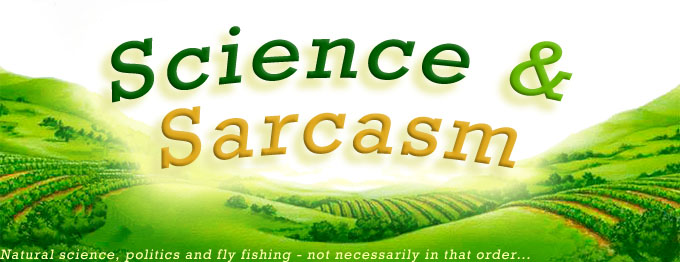Plants as clocks
 In order to survive and reproduce successfully, many plant species have developed the ability to measure time. They need to measure or sense the time of day and the time of year in order to 'know' when to flower, when to germinate, when to produce seed, when to enter dormancy, etc. How do they accomplish this?
In order to survive and reproduce successfully, many plant species have developed the ability to measure time. They need to measure or sense the time of day and the time of year in order to 'know' when to flower, when to germinate, when to produce seed, when to enter dormancy, etc. How do they accomplish this?
Let's start with time of year measurement... temperatures are one way to detect time of year, or plants could sense day/night ratios. Ambient temperature is not a reliable indicator of time of year since it is highly variable and because no two years are identical. Instead, plants have adapted to use day/night length as an indication of time of year, because it's very consistent and so is a much more reliable index. The use of day length to measure time of year for the purpose of regulating physiological processes is knows as photoperiodism. Animals can also use photoperiodism, but that's another post. Researchers have figured out through a lot of experimentation, that plants are actually measuring the duration of darkness (or night), rather than duration of light (or day). They use a chemical called phytochrome which functions as a chemical clock or stopwatch. Phytochrome has two chemical forms - phytochrome far-red (Pfr) and phytochrome red (Pr). Phytochrome is usually, but not always, located in the leaves, so the leaves are responsible for doing most of the work of measuring photoperiod.
Phytochrome is a photoreceptor pigment that absorbs light energy. Pr absorbs red light energy (wavelength = 666 nm) and is chemically converted into Pfr. Pfr absorbs far-red light (wavelength = 730nm) and is converted into Pr. Since the sun produces both red and far-red light, there is constant two-way conversion between Pr and Pfr - an equilibrium develops. During light hours, conversion of one form to the other occurs rapidly - within milliseconds. Of the two, Pfr is the more biologically active form; it triggers plant responses to day length information. These reactions both require light energy. So, during darkness neither of these active reactions can occur.
 During the night however, Pfr very slowly and passively degrades to Pr in a process called dark reversion. On a summer morning there is typically a high Pr : Pfr ratio. By detecting morning levels of Pr and Pfr, the plant is essentially measuring how much time has passed during the night. When the level of Pfr reaches a critical point, physiological responses such as flowering or root growth might be triggered.
During the night however, Pfr very slowly and passively degrades to Pr in a process called dark reversion. On a summer morning there is typically a high Pr : Pfr ratio. By detecting morning levels of Pr and Pfr, the plant is essentially measuring how much time has passed during the night. When the level of Pfr reaches a critical point, physiological responses such as flowering or root growth might be triggered.
As the days lengthen and nights shorten (as in the spring), the amount of Pfr remaining in the morning increases from one day to the next and indicates to the plant what time of year it is. A second biochemical signal is then dispatched to communicate this day-lengthening information to various plant tissues to initiate floral development or seed production etc. The reverse situation occurs in the fall of the year - the amount of Pfr remaining in the morning decreases from one day to the next and indicates to the plant that days are shortening. Some plants, and some plant tissues, have adapted to respond to one or both seasonally important situations. So...in order to detect the time of year, plants must be able to tell the time of day, measure duration of night and compare it to the duration of night yesterday. Pretty complex, eh?
A short burst of light during an otherwise dark night disrupts the effect of the dark period because the flood of light converts Pr to Pfr to normal equilibrium levels within seconds, and the slow degradation from Pfr to Pr has to start all over again. The plant clock 'resets' when this occurs and night won't be detected until the next uninterrupted dark phase.
Plant 'clocks' detect some other diurnal and seasonal events for similar phenological purposes, but let's leave that for another cool plant tidbit post...
ADDENDUM: Coturnix has lots of biological rhythm and photoperiod-related info and stories as they occur in animal species.
The Fly Fishing Loop is sponsored by flydepot.com
[ Home Waters | Next | Random | List | Search ]

This work is licensed under a Creative Commons Attribution-NonCommercial-ShareAlike 2.5 License.





